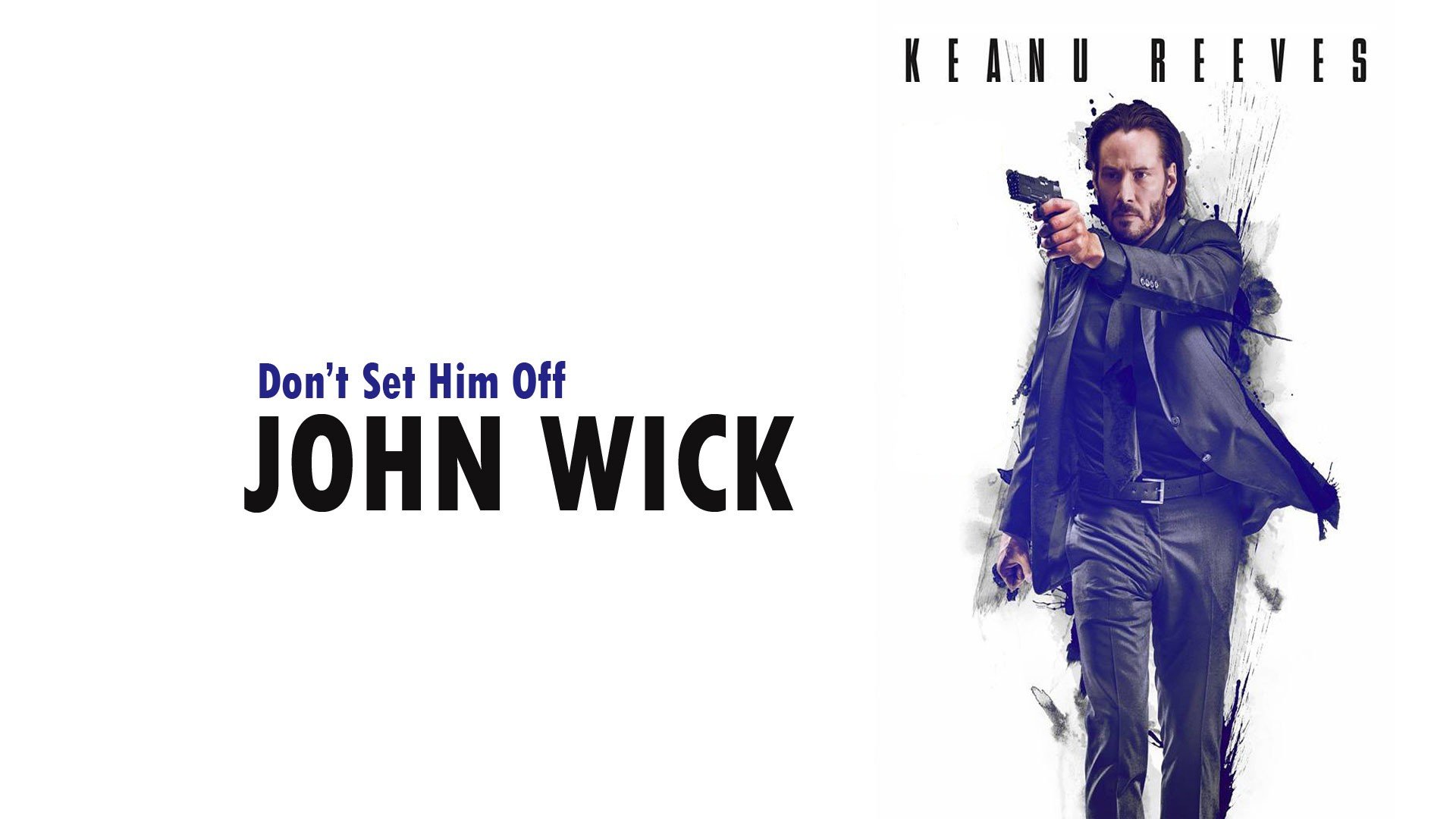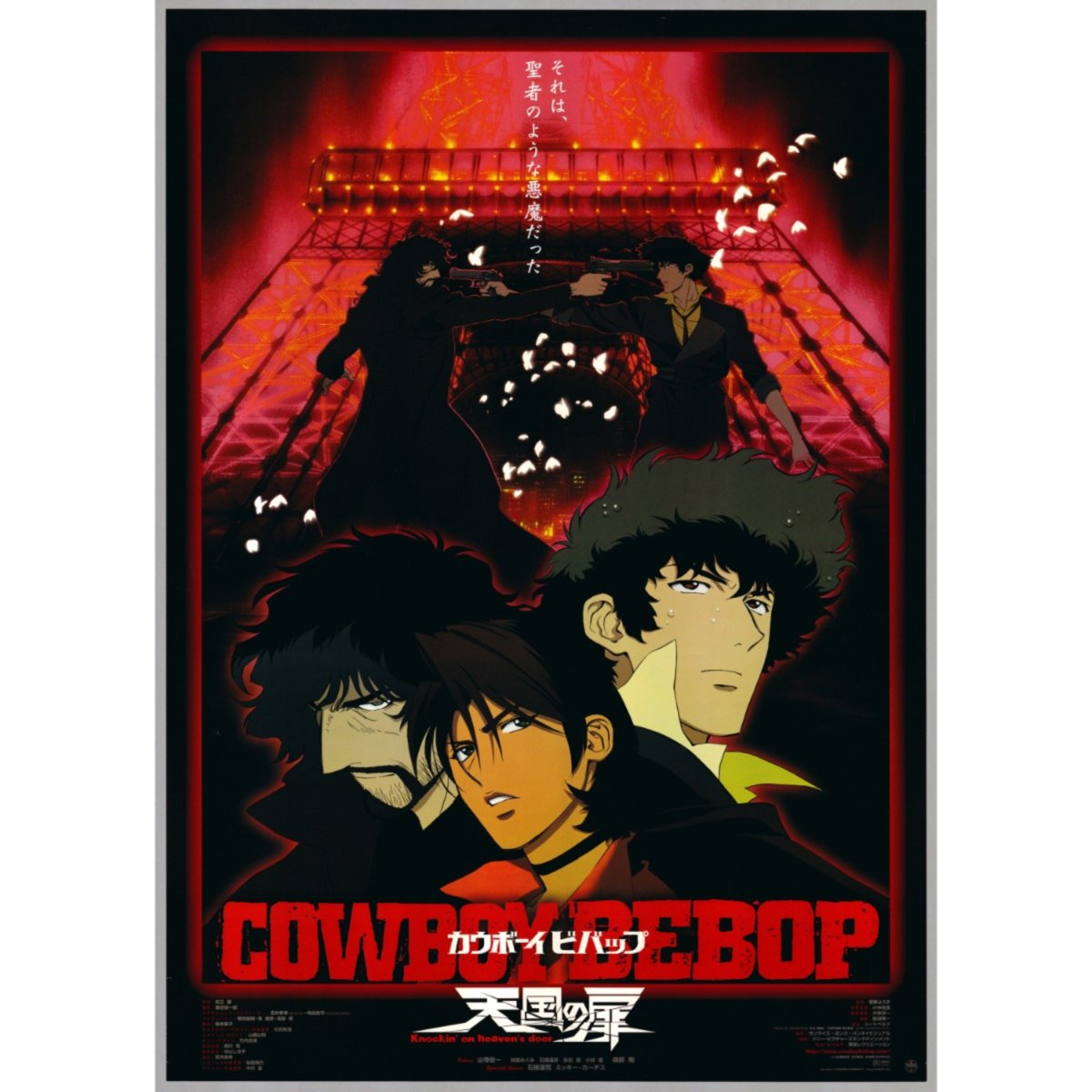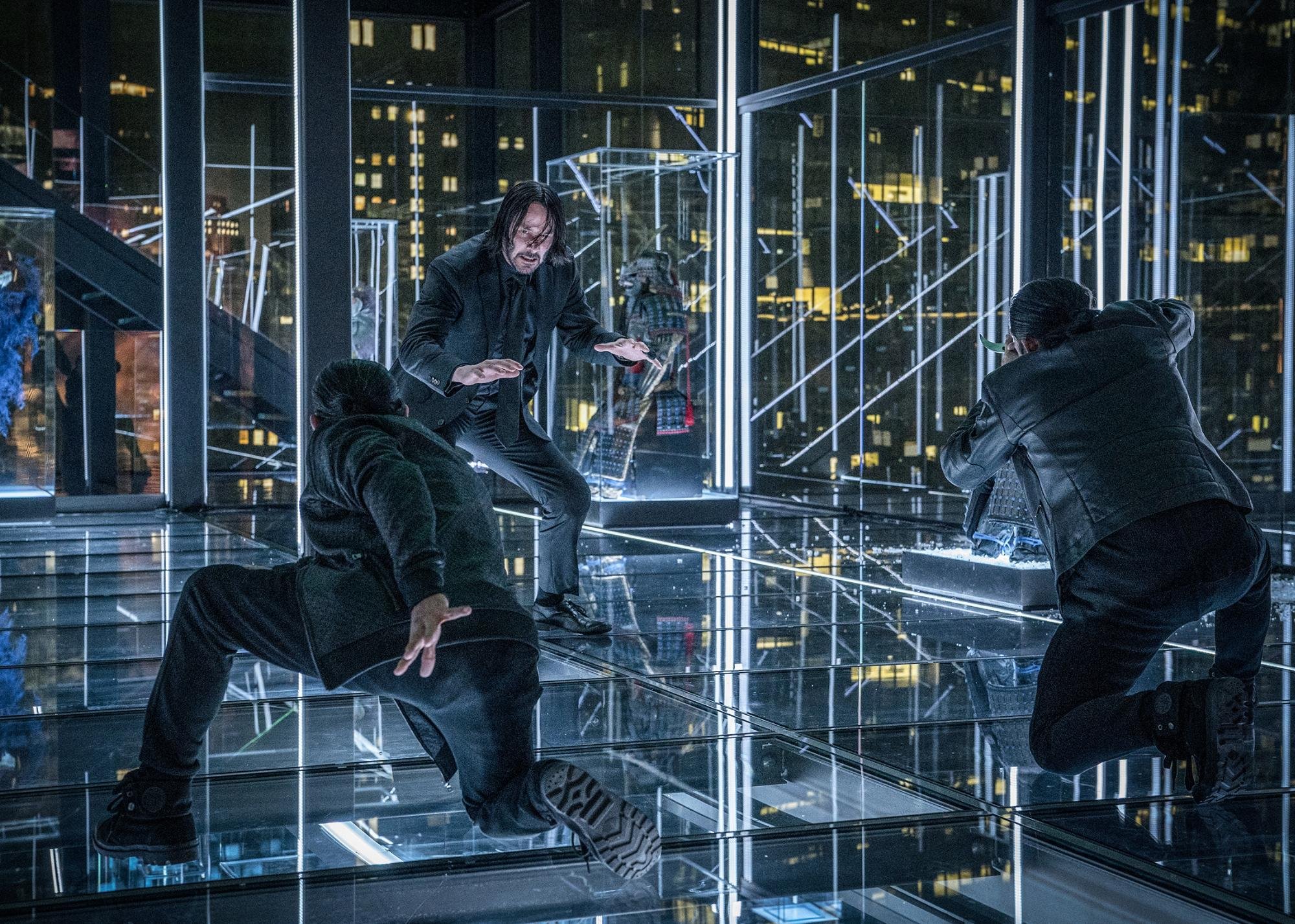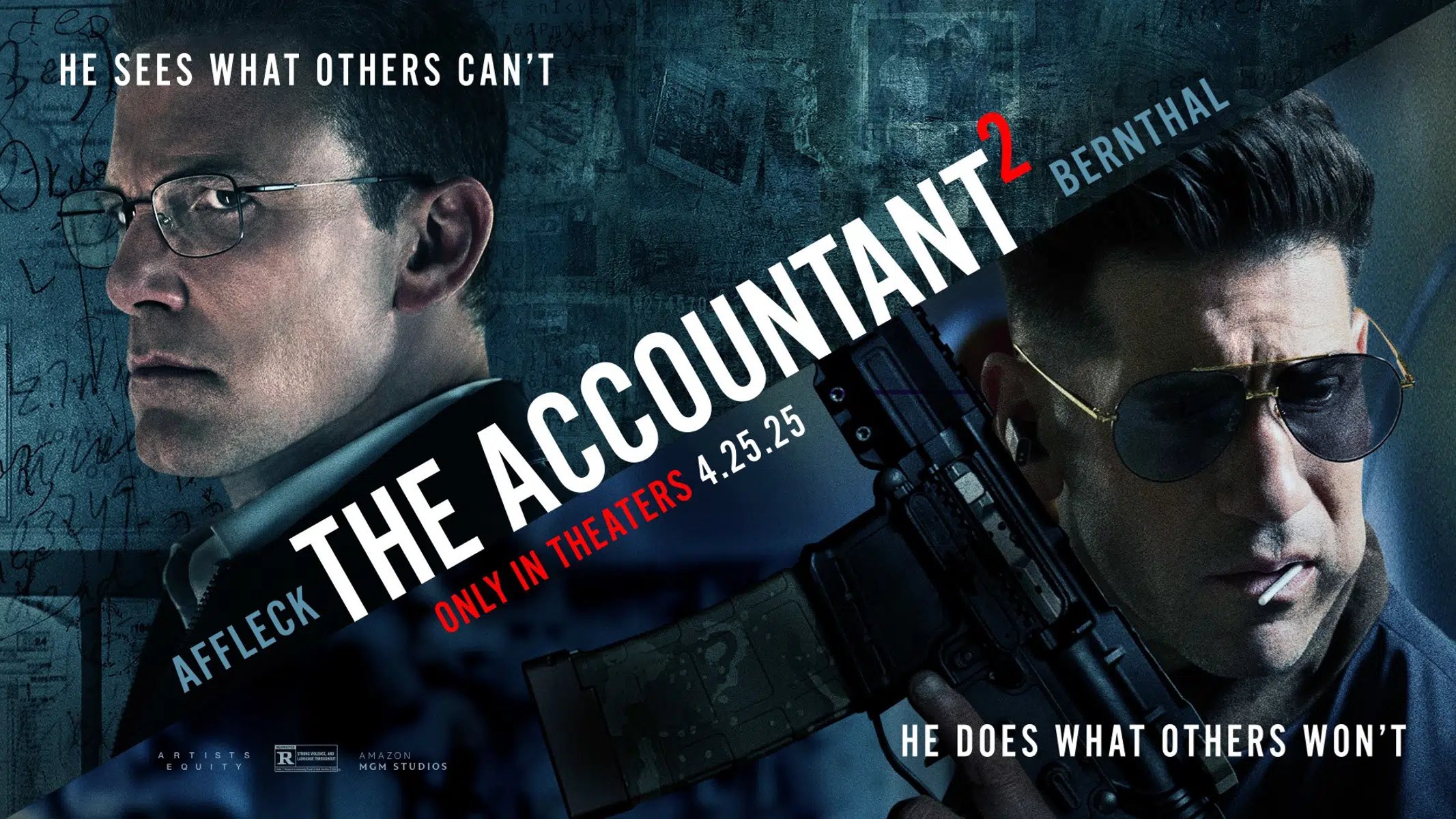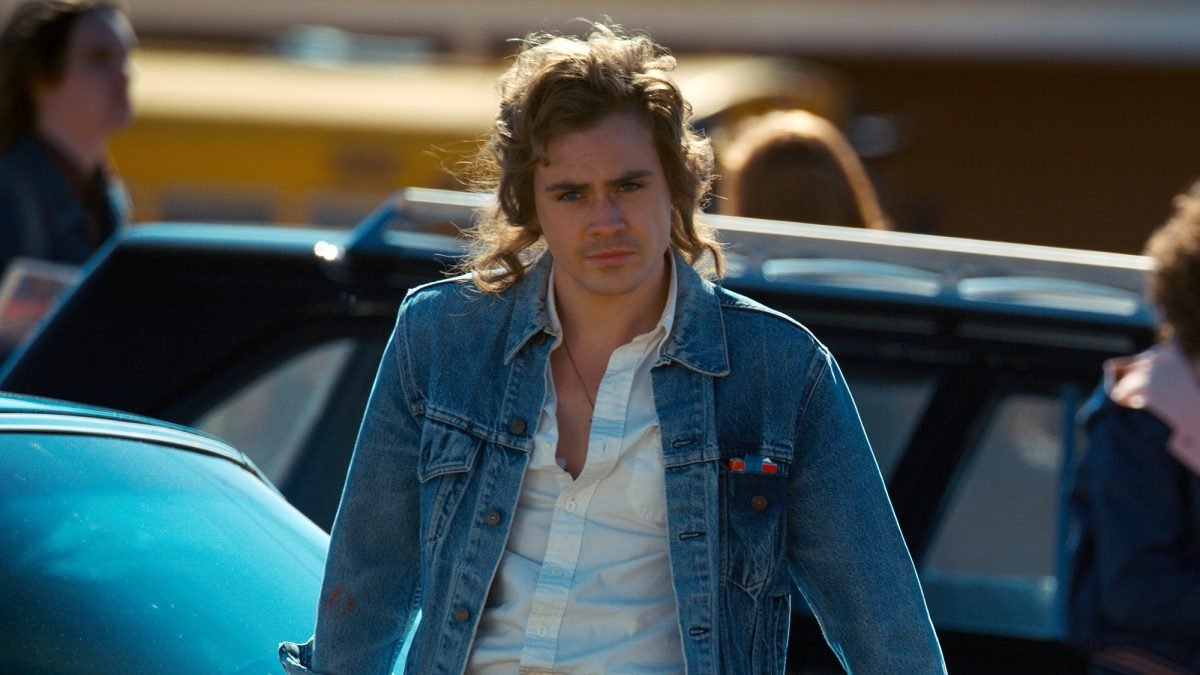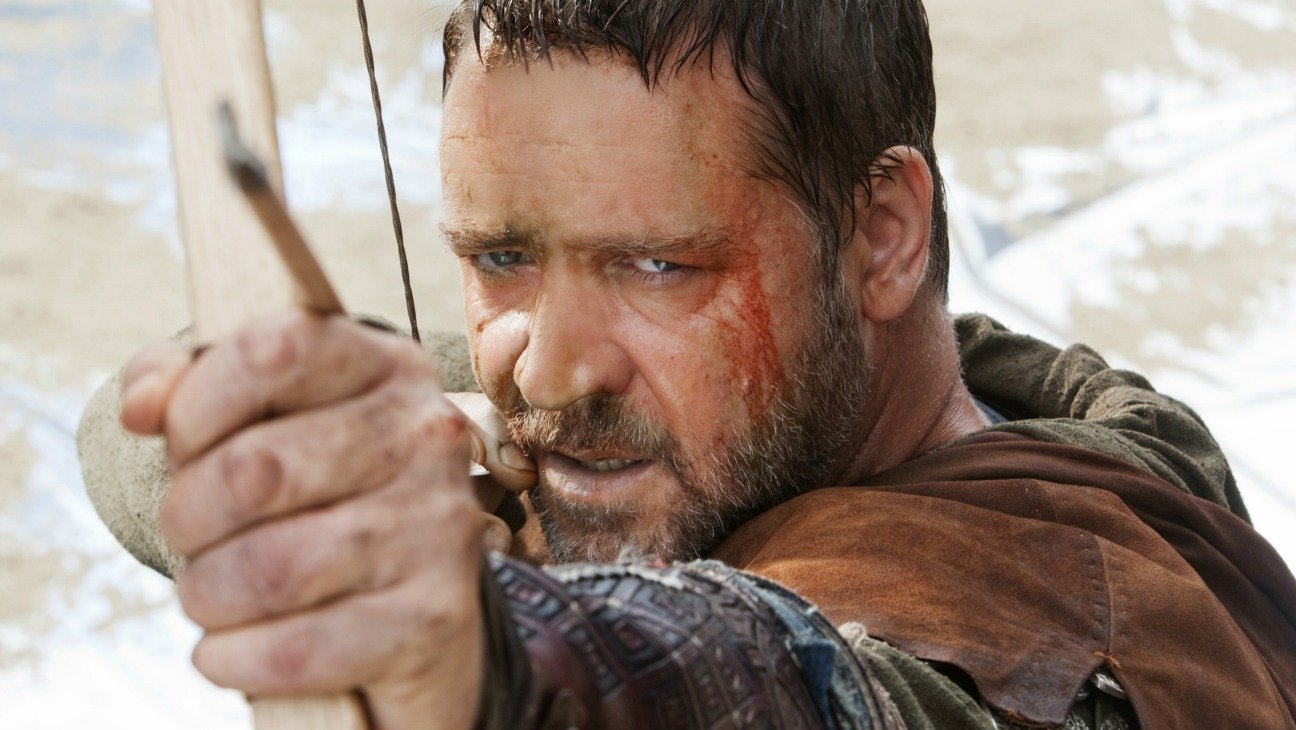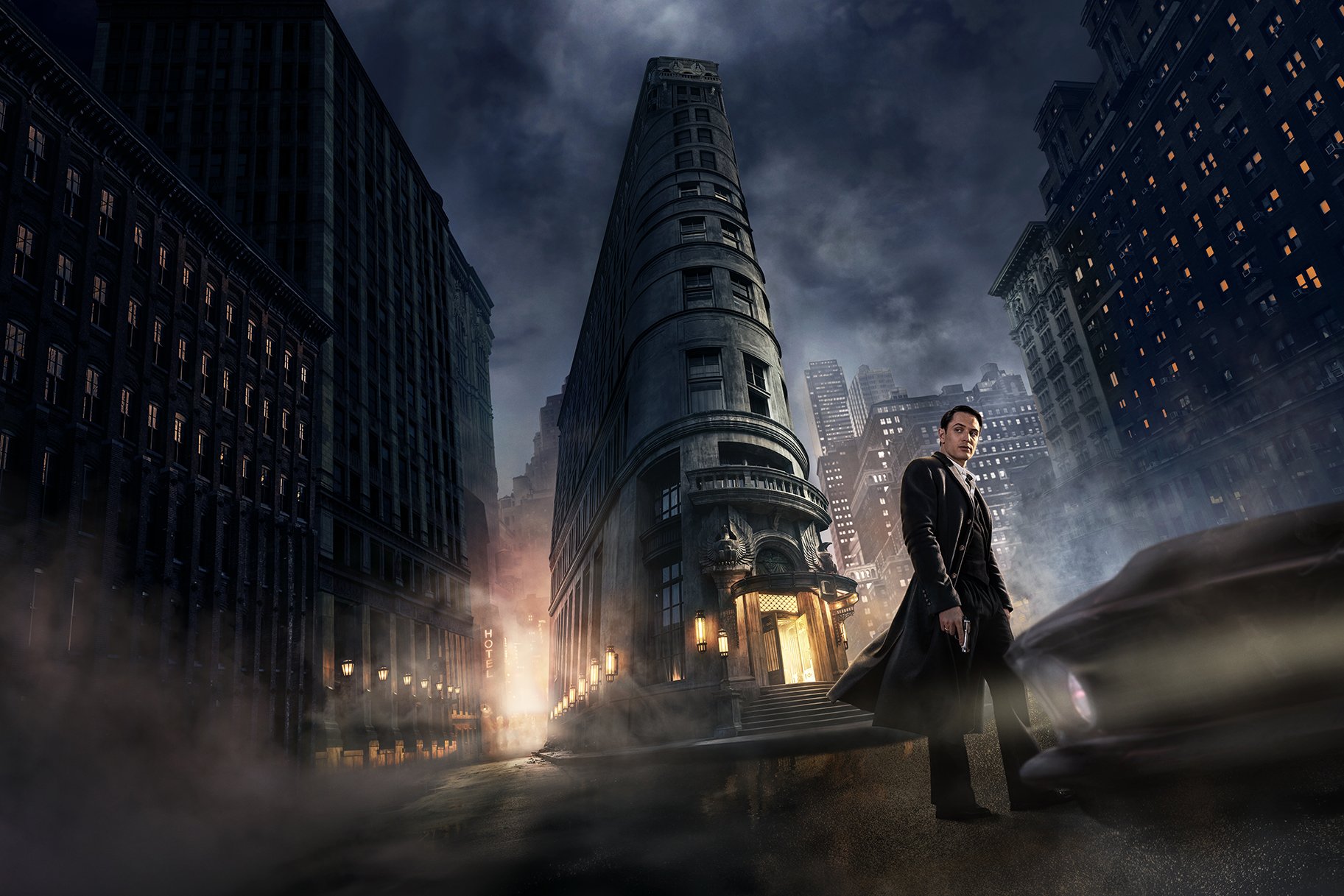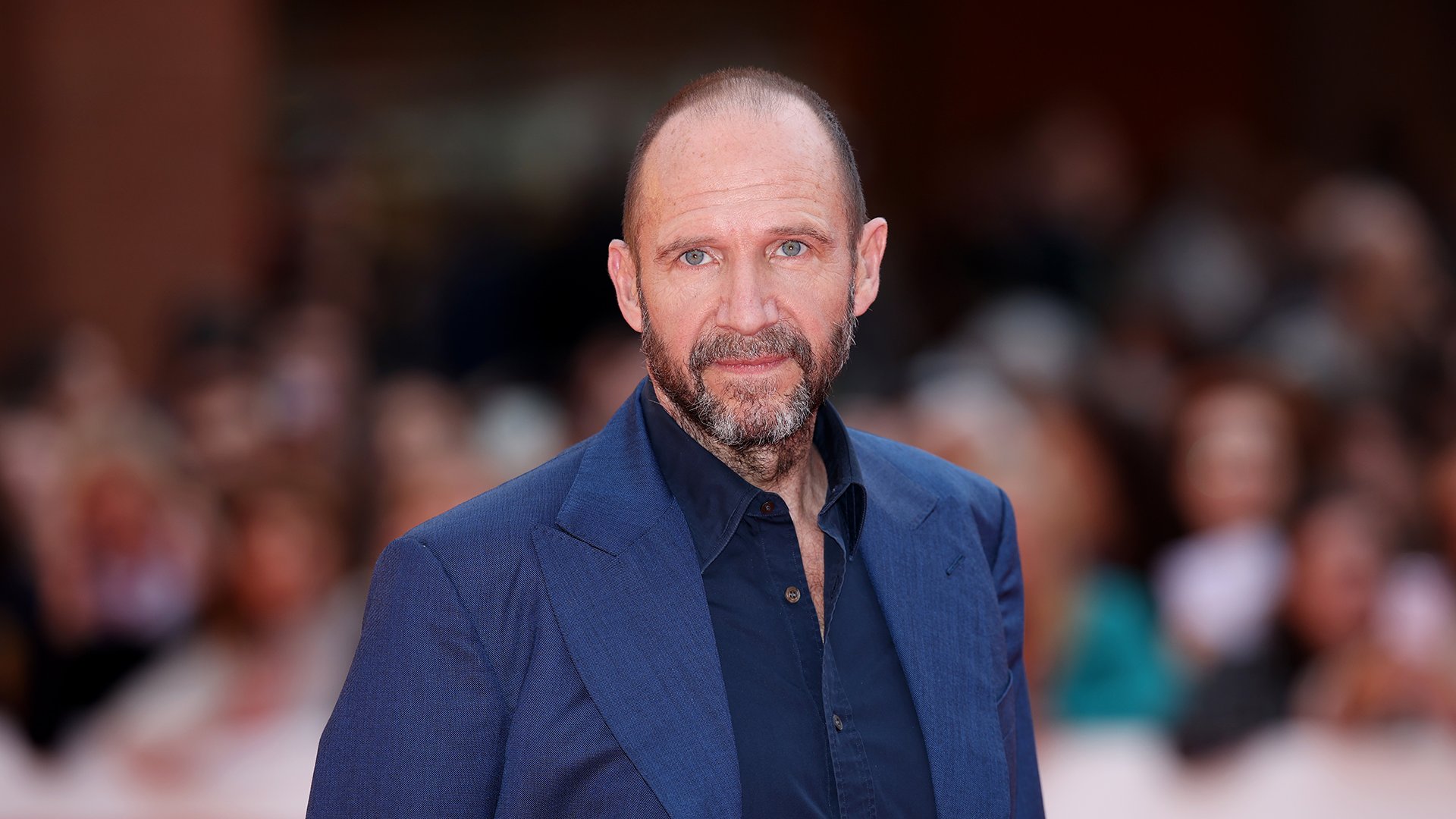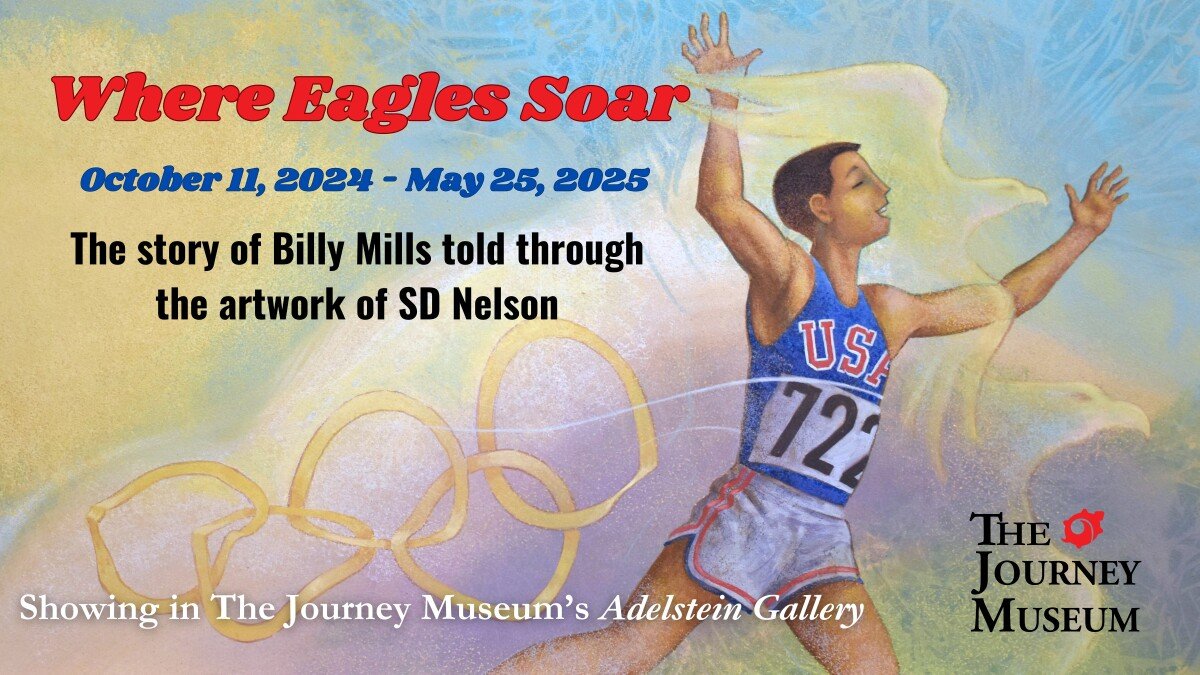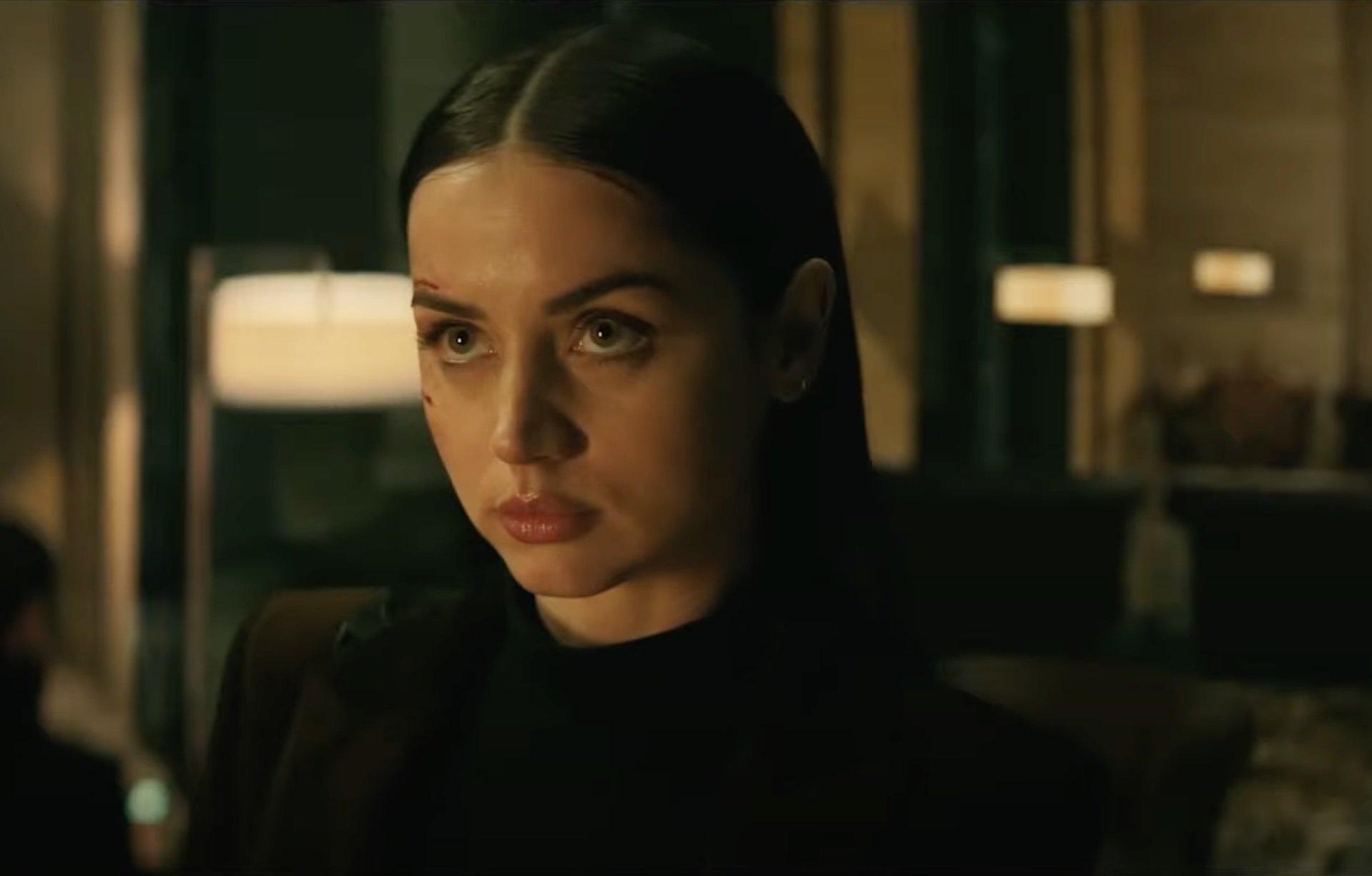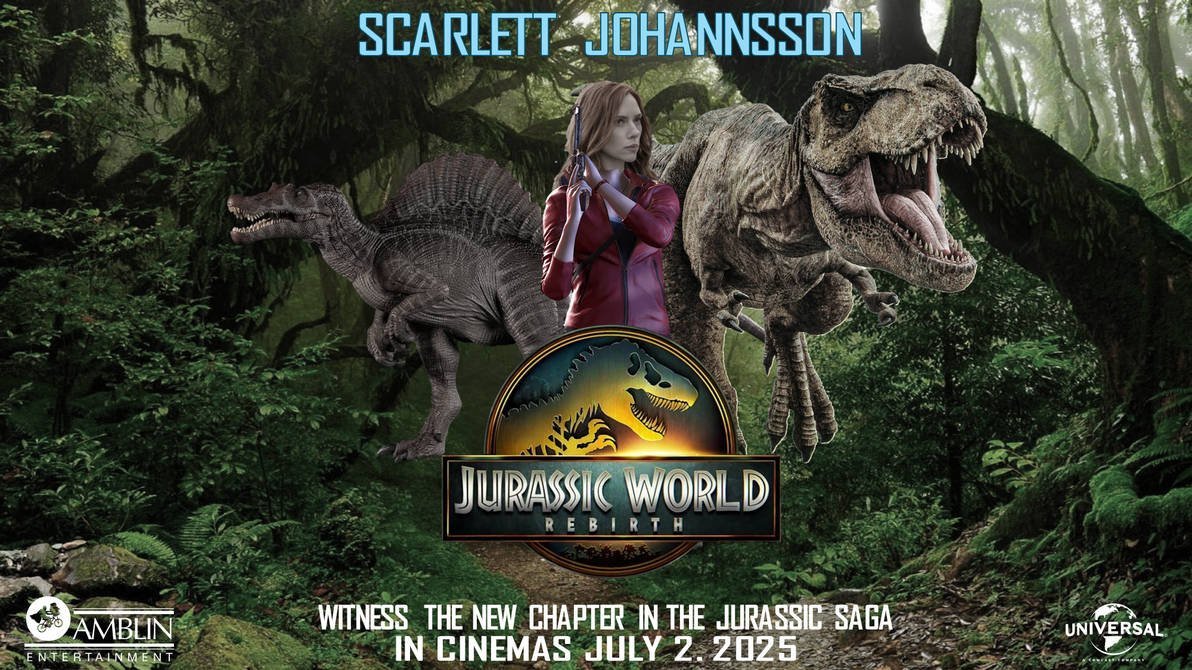Chad Stahelski has become a prominent name in Hollywood due to his dynamic direction of the John Wick franchise, which has spawned four main films, spin-offs, and an upcoming anime prequel. His work doesn’t just redefine action for Western cinema; it stands as a tribute to Japanese anime, with influences from legends like Shinichirō Watanabe and Hayao Miyazaki. Stahelski’s interest in anime and its impact is now in the spotlight as he explores new creative boundaries for the John Wick universe.
His revelation about collaborating with Shinichirō Watanabe and drawing from series like Cowboy Bebop and Samurai Champloo has brought new excitement around the future of the franchise. These influences, coupled with the release of the documentary Wick Is Pain (premiered May 8, 2025), show how anime continues to shape the saga’s storytelling, structure, and visual style.
Chad Stahelski’s Deep Connection to Anime
Chad Stahelski’s career as a filmmaker took off with his work as a stuntman, but his love for anime began long before Hollywood recognized his talents. He has often described anime as an art form that offers unmatched creative liberty and emotional resonance. Stahelski has explained in interviews that anime’s ability to blend genres and styles gave him inspiration for the world of John Wick.
Stahelski relates strongly to the Japanese tradition of merging action, philosophy, and visual storytelling. He credits this medium for helping him push the boundaries of what an action movie can achieve. Anime, for Stahelski, is not just a style but a storytelling philosophy that prioritizes character, mythos, and emotional stakes over pure plot mechanics.
His honest admiration for anime is evident not just in his statements but in his recent decision to work directly with anime legends. Stahelski’s willingness to cross mediums highlights his confidence in the enduring power of Japanese animation.
This deep anime connection is also visible in the careful consideration he gives to every element of the Wick universe, from action choreography to character motivation. For Stahelski, anime is more than just an influence – it’s a creative partner in everything he creates.
How Shinichirō Watanabe Influenced Stahelski’s Vision
One of Stahelski’s greatest inspirations is Shinichirō Watanabe, the celebrated creator behind Cowboy Bebop and Samurai Champloo. The two first connected professionally on the animated project Lazarus, collaborating to craft innovative action sequences. Stahelski has pointed out Watanabe’s pioneering fusion of music, genres, and attitude as a template for creative risk-taking.
Watanabe’s boldness – mixing elements like space, jazz, martial arts, and Western motifs – showed Stahelski that rules could be bent or broken if the heart of the story remains intact. This approach has been woven into the DNA of the John Wick films, making them feel fresh and globally appealing.
According to Stahelski, working with Watanabe was a pivotal experience. He was deeply influenced by Watanabe’s ability to make “swagger” and style essential parts of the universe, never reducing action to spectacle alone.
Stahelski’s respect for Watanabe goes beyond fandom; he considers him a mentor in terms of storytelling, thematic layering, and even choreography decisions in both live-action and animated formats. Watanabe’s impact can be felt in every stylized gunfight and dramatic pause in the Wick movies.
The connection between these creators marks a bridge between Eastern and Western storytelling that continues to evolve as their partnership expands into new, ambitious projects.
The Impact of Cowboy Bebop and Samurai Champloo
The reverberations of Cowboy Bebop and Samurai Champloo echo throughout the John Wick movies. Both anime classics are known for their genre-bending narratives, deep character studies, and a powerful use of music. For Stahelski, these series proved that you can blend action with meaningful storytelling, creating something both visceral and thoughtful.
Cowboy Bebop in particular inspired Wick’s use of music-driven sequences, memorable “bounty hunter” lore, and its cool, understated protagonist. John Wick shares the same DNA as Spike Spiegel in many respects – an enigmatic figure haunted by the past but always moving forward.
Samurai Champloo’s approach to stylized violence and non-linear narrative structure also influenced how action and drama intertwine in the John Wick universe. Its swinging tone, switching from comedy to tragedy, helped shape the unpredictability for which the franchise is known.
Both works advocate for freedom in creation, showing the value of atmosphere, mood, and character-driven action. Stahelski turned to these examples as he guided his team on how to stage iconic fights and build the complex criminal world that surrounds Wick.
This anime influence extends even to the color palettes and editing style within the Wick films, underlining just how deeply Stahelski’s admiration for Watanabe’s helming of iconic anime titles has guided his own creative process.
Incorporating Anime Storytelling into John Wick
Stahelski’s approach to storytelling in John Wick draws heavily from anime’s tradition of non-conventional narrative and mythic world-building. He has stated that anime gave him the freedom to put myth and character first, building stories that often prioritize mood, atmosphere, and symbolism over rigid plot constraints.
He sees the John Wick mythos as similar to anime worlds, where assassins, secret societies, and emotional weight exist side-by-side, inviting audiences to explore stories with complexity and many hidden layers. This anime-inspired strategy can be seen in John’s ongoing struggle against the High Table and the rich cast of side characters populating each sequel.
The films employ anime’s signature pacing: rapid bursts of action broken up by moments of quiet introspection or startling visual beauty. Anime’s story freedom allows Stahelski to use bold visual storytelling even in a Hollywood franchise, setting John Wick apart from more formula-driven action films.
Stahelski has described the process as “thematics and mythology first,” a method influenced directly by the likes of Watanabe and Miyazaki. Rather than focusing only on what happens next, the Wick films draw you into the deeper motivations and legends supporting every fight sequence and decision.
The Creative Freedom of Anime and How It Mirrors John Wick
One of the main lessons Stahelski borrowed from anime is the sense of creative liberation. Anime, especially works by artists like Watanabe and Miyazaki, is famous for breaking storytelling norms, blending visual and emotional storytelling in a way that is rarely found elsewhere. This is what Stahelski wanted to emulate as he grew the John Wick franchise from an indie action film to a global phenomenon.
For Stahelski, anime’s “no rules” environment was an early model for the elasticity of the Wick universe. The characters are not trapped by logic or tradition – they’re shaped by the emotional truth of the world, which can be surreal or grounded as the story demands.
This has led to action sequences that feel almost like choreography from animated features, where emotion, rhythm, and visual spectacle blend seamlessly. The use of strong symbolism – dogs representing loyalty, coins symbolizing hidden economies, and the central mythology of the High Table – enriches the Wick lore and gives it an anime-like mystique.
Audiences see the impact of this freedom in the way the story unfolds and the manner in which risk and spectacle are combined. Like in anime, the Wick series foregrounds stylized drama and emotional stakes over straightforward plot progression, creating a narrative flavor all its own.
Other Major Anime Influences: Miyazaki, Ghost in the Shell, and More
Besides Watanabe, Stahelski cites Hayao Miyazaki and iconic titles like Ghost in the Shell, Ninja Scroll, and Evangelion as critical influences. Miyazaki’s work at Studio Ghibli, in particular, left a huge mark due to its sense of wonder and subtle yet powerful emotional drive. These films emphasize atmosphere, world-building, and the blending of fantasy with real-world issues – ideas Stahelski channeled into John Wick.
“I’m a Miyazaki super fan,” Stahelski has said, frequently referencing how Ghibli’s mix of character-centric storytelling and moral ambiguity resonated strongly. Films like Spirited Away or Princess Mononoke balance beauty with danger, something Stahelski has woven into the visual language of Wick.
Titles like Ghost in the Shell and Ninja Scroll influenced Wick’s blending of gritty, dystopian environments with the elegance of stylized combat. These works informed his visual approach to action, merging precise choreography with moody lighting and a sense of urban legend.
This broad range of inspiration shows that Stahelski doesn’t treat anime as a single genre. He draws on its moods, symbolism, and psychological subtlety, weaving these elements through all aspects of the John Wick universe.
Also Read
The Accountant 2 Surpasses Ben Affleck’s Early Films at the Global Box Office
Planning the John Wick Anime Prequel
Stahelski first announced plans for a John Wick anime prequel in late 2023, looking for a way to expand the world and explore the origins of Wick’s mythos. He has made clear that only Japanese animation, with its creative storytelling freedom, could do justice to the beginnings of the iconic character.
This project is designed to delve into John’s early life as an assassin before he became known as the “Baba Yaga.” Stahelski’s approach is to let the prequel live as its own narrative, not bound by the expected beats of a typical Hollywood origin tale.
No detailed plot information has emerged, but Stahelski has promised he will remain closely involved as a creative guide and producer. The anticipation for this anime is high, especially given the alignment with creators who appreciate the material and understand what made the original films so memorable.
By moving into animation, Stahelski continues to push the boundaries of what a franchise spin-off can be, proving that anime has become an essential chapter in the John Wick legacy.
Also Read
Dacre Montgomery Sets Sights on The Engagement Party With Major Star Power
The Role of Shannon Tindle and Keanu Reeves in the Animated Project
For the eagerly-awaited John Wick anime prequel, Stahelski tapped animation veteran Shannon Tindle to direct. Tindle is best known for his work on Ultraman: Rising and brings a unique visual and narrative style that complements Stahelski’s vision. Stahelski’s decision to involve Tindle signals a dedication to authenticity in crafting an anime that honors both the Wick universe and Japanese animation traditions.
Keanu Reeves, who has embodied John Wick since the original film, is expected to return as the voice of the younger Wick. Reeves’ involvement ensures continuity for fans and adds an extra layer of gravitas to the project, further linking the anime to the successful film series.
Stahelski has emphasized collaboration in this project, allowing both Tindle and Reeves to shape the animated Wick’s character arc. This creative synergy is central to delivering an anime that feels true to the series’ core, yet fresh enough to offer surprises even for franchise veterans.
The combined talent and deep respect for anime traditions raise expectations for a project that is eagerly watched by fans of both mediums.
Also Read
Russell Crowe’s Robin Hood Finds New Life on Streaming Despite Rough Reviews
Connecting John Wick to The Animatrix and The Matrix
Stahelski has often highlighted the importance of The Animatrix, an animated anthology set in the universe of The Matrix, both as inspiration and as proof of concept for media crossovers. He notes that the Wachowskis’ decision to bring in Watanabe for The Animatrix influenced his own creative risk-taking with John Wick.
Working with the Wachowskis and seeing The Matrix become a global powerhouse showed Stahelski how Eastern influences could deepen a blockbuster’s lore. The blend of philosophical depth and genre action, hallmarks of both Matrix and Wick, are rooted in similar anime inspirations. The Matrix’s highbrow themes, combined with kinetic fights and existential questions, paved the way for Wick’s own storytelling evolution.
Reinforcing these shared roots, Stahelski has said that both projects thrive by incorporating anime’s story logic and visual flair – something rare for major Western franchises but increasingly embraced in modern Hollywood.
The cross-pollination between Wick and The Matrix, including shared actors (Keanu Reeves) and thematic concerns, continues to fascinate long-time fans and inspire new approaches to serialized storytelling.
Also Read
Ms. Marvel and The Last of Us Stars Join Forces for AI Sci-Fi Horror Othermor
How Anime Shaped John Wick’s Mythology and World-building
If there’s one aspect of John Wick that most clearly reflects Stahelski’s anime influences, it’s the mythic world-building. Anime’s willingness to experiment with surreal, richly layered universes is mirrored in the Wick series’ secret societies, elaborate codes, and mysterious organizations.
The Continental Hotel, the High Table, and the elaborate rules governing assassins all evoke the fantasy and structure found in many anime series. These settings offer an atmosphere of intrigue reminiscent of worlds like those seen in Evangelion or Hellsing, enhancing both the stakes and the suspense.
Every detail, from the distinctive coins to the etiquette of violence, is treated with reverence, drawing audiences into an immersive mythos. Stahelski’s attention to these elements is a direct nod to anime’s tradition of detailed, lived-in universes that reward repeat viewing and careful analysis.
This approach to storytelling not only raises the visual standard for action films but ensures that John Wick feels timeless and endlessly expandable, much like the best anime franchises.
Also Read
Ralph Fiennes Steals the Spotlight in New 28 Years Later Image
Behind-the-Scenes of Wick Is Pain Documentary
The release of Wick Is Pain, a documentary making its debut at Beyond Fest on May 8, 2025, before a global VOD launch, offers fans an inside look at the making of the franchise. Directed by Jeffrey Doe, this feature aims to reveal all the hidden dimensions of building a billion-dollar action saga fueled by anime inspirations.
The team, including Chad Stahelski and Keanu Reeves, shares candid stories and never-before-seen footage from the development of every Wick installment. These revelations show the emotional and physical toll of creating such a unique franchise and demonstrate Stahelski’s insistence on authenticity and inventiveness – even at personal cost.
Viewers will also hear how themes, stunts, and characters evolved from script to screen, often with explicit references to anime guiding their choices. The behind-the-scenes narrative pulls back the curtain on the passion and decision-making that brought Wick’s world to vivid life.
This documentary stands as both a tribute to hard-earned success and a testament to the creative risks that shaped the franchise’s identity. As the Wick universe continues to expand, Wick Is Pain archives what sets these films apart within the crowded action landscape.
Also Read
Alan Ritchson’s Action Thriller ‘Runner’ Faces Setback After Dan Spilo Fired
Expanding the John Wick Universe: Spin-offs and Future Projects
The legacy of John Wick has grown far beyond the original film, now fueled by sequels, spin-off series, and a new animated chapter. The spin-off movie Ballerina, starring Ana de Armas, explores new corners of the universe first hinted at in earlier entries, while a prequel series dives deeper into the background of the infamous Continental Hotel.
With additional content in development, including the anime prequel, Chad Stahelski and his creative partners are ensuring that the world of John Wick continues to thrive across media. Each extension stays loyal to the themes and storytelling style developed over years of blending western action and eastern philosophy.
Upcoming projects seek not just to entertain long-time fans but to welcome new audiences drawn to the unique combination of mythology, action, and emotional storytelling. The creative vision behind these expansions is centered on preserving the integrity and inventiveness established by the original films and the anime series that inspired them.
The future of John Wick remains open, with Stahelski simultaneously respecting the story’s roots in anime and seeking out new ways to surprise and captivate audiences in every medium available.
